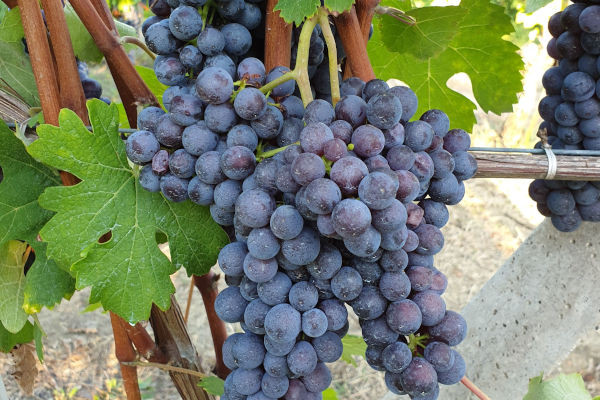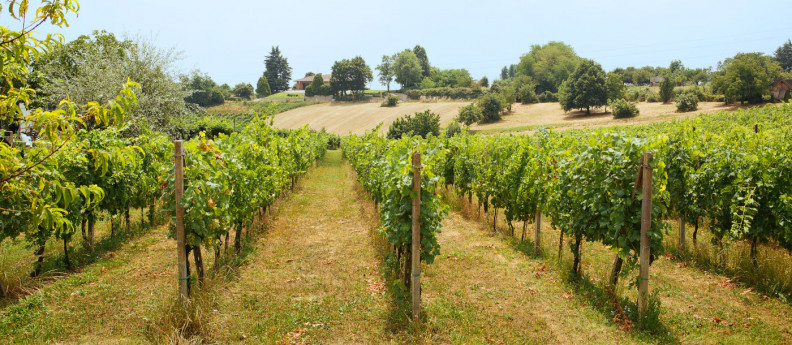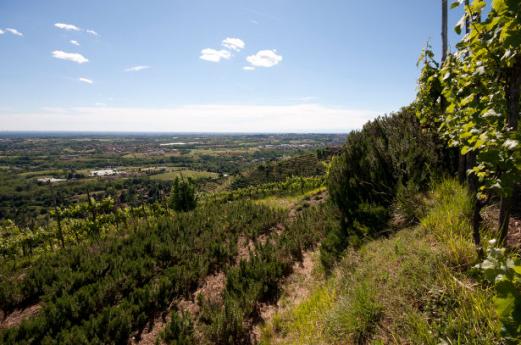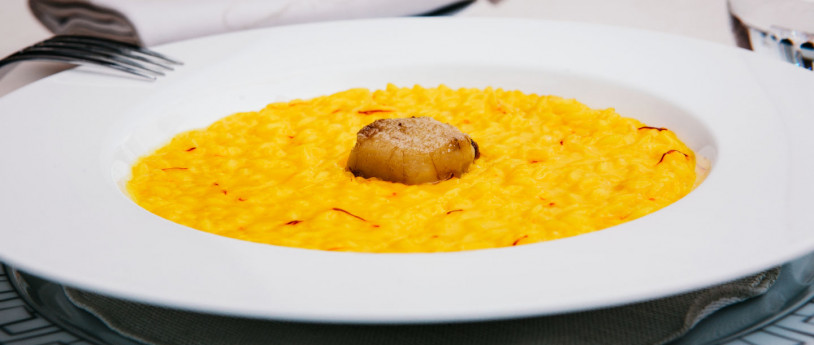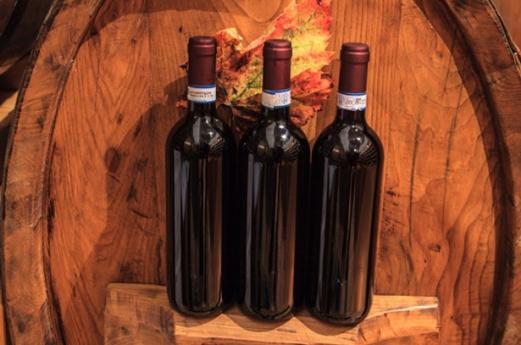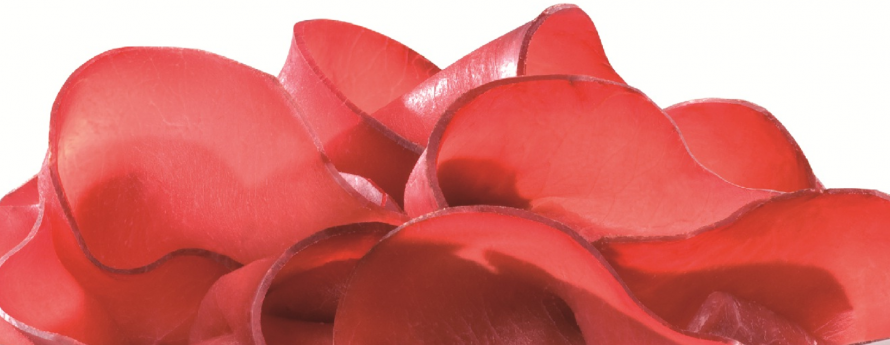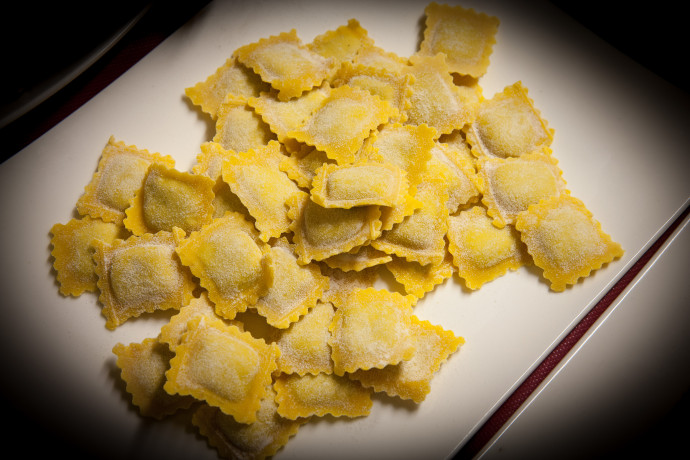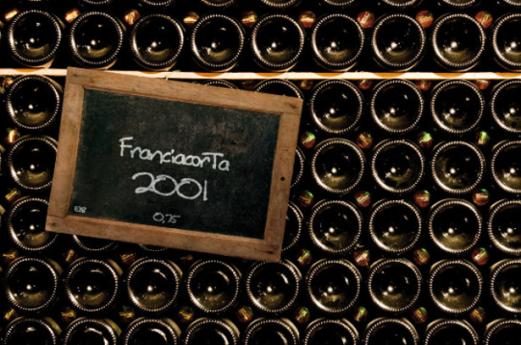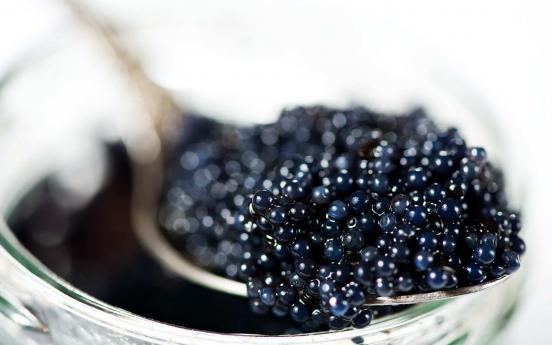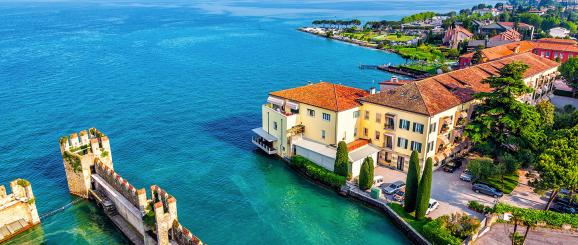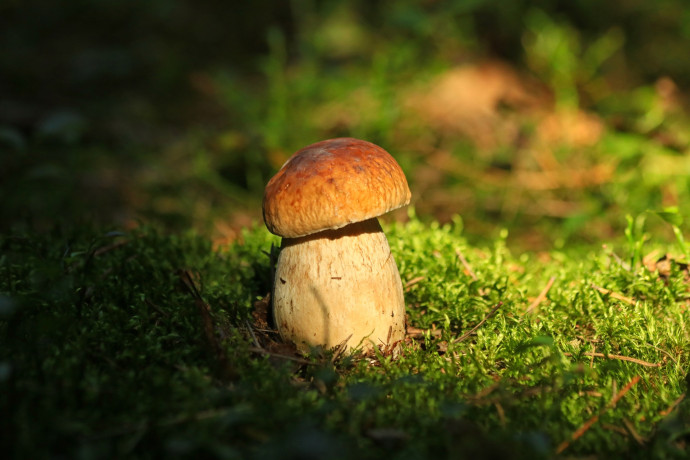- Food & Wine
- Active & Green
Valtellina, a history of grapes and rock.
There where the Adda River casts its waters to form Lake Lario, at the confluence of Valchiavenna and Valtellina, a food and wine and nature trail of the first order begins.
With the inauguration of the new SS 36 bypass, travel on the raised highway from Morbegno to Tirano gives us the dimension of the grandiose wonder that begins to appear before our eyes as we head north.
This is ancient land... The designation "Tellina vallis" first appears in a text by Ennodius, bishop of Pavia, from the early 6th century. By now, all scholars of history and toponymy agree that the name derives from the curial Latin "Vallis Tellina, Vallistellina," meaning Valley of Teglio. Teglio is precisely an ancient town overlooking the middle Adda Valley. The first permanent settlements are due to the Ligurians, followed, perhaps between the 12th and 9th centuries BC, by the Etruscans. In particular, Virgil, Pliny the Younger and Martial tell how, in pre-Roman times, the first Ligurian settlements had imported their traditional terraced farming techniques into Valtellina. In Liguria's Cinque Terre, the terracing system was built with only local stones and soil, creating an area of about 2,000 hectares, in a coastal strip that reaches a height of 500 meters above sea level, sometimes starting just a few meters from the shore. A work that leaves us speechless!!!
Once settled in Valtellina, these Ligurians applied in the cliffs of the Alps the same construction techniques used on the Tyrrhenian coast, transforming the mountain and creating about 820 hectares of cultivated walls, distributed on rocky slopes stretching from west to east, from the bottom to the top (from 300 meters up to almost 800).
The low walls accommodate small portions of land-often extending for a few dozen meters-in which vines are rooted, dialoguing with the rock. The rock sustains the terracing, the vine sustains the rock: in this bond is found the role of the winemaker, protagonist of a mosaic of interconnections, with the land, the landscape, the beauty and the wine.
First of all, what jumps out at us today is that the terracing stands only on the left, while on the right we see only typical natural vegetation. The terraces are placed this way for an obvious reason of maximizing the use of sunlight, which coming from the right, floods the mountain on the left in the early morning. And therefore, the more exposure to the sun, the more sugar the grapes will have and consequently, the better the quality of the wine.
In such specific geographical and climatic conditions, Nebbiolo, a native black grape variety of Piedmont, grown mainly in the hills of Langhe-Roero, but also in some neighboring regions of Piedmont, such as Lombardy (in Valtellina, precisely, under the name Chiavennasca), has adapted perfectly. These grapes grown on terraces produce fine bottles of wines that have become the symbol of Valtellina: Sassella andInferno.
According to a legend, when the dry stone walls were built with the large stones collected on the spot, which served to refract the sun's heat - thus achieving a rise in temperature - the resulting wine was called "SASSELLA." If, on the other hand, the terraces were built with the large green stones collected in the upper valley, the reflection of the sun's heat was thus much stronger because of the preciousness of these stones, thus generating an even more generous harvest . Because of this greater heat, the resulting wine was called "INFERNO."
But the most prized pearl of Valtellina, however, is SFORZATO, a passito made from the best bunches of Nebbiolo grapes, chosen at harvest time after careful selection.
Immediately after the harvest, which usually takes place slightly earlier than normal production, the crop is laid out for about three months on fruit/grapes inside dry, well-ventilated rooms. The particular name of this wine derives precisely from the technique of "forcing" the ripening and drying of the grapes. After the drying phase, the grapes will have developed special aromatic fragrances, concentrating juices and going so far as to lose as much as 40% of its own weight. At this point it will be ready for crushing. Finally, there follows at least 20 months of aging and refinement inside wooden barrels and in bottles, where the wine will reach an alcohol content of 14%.
We see that in these territories, behind every gesture there is a tradition that has its deepest roots in the past, just like the vineyards clinging to the mountain. Generations of farmers have shaped the land by adapting it to need, they have indulged the landscape without violating it. And it is precisely because of their cultural, environmental and aesthetic role that these terraces have obtained the recognition of Historic Rural Landscape-a title that complements the recognition acquired in 2018 for "The Art of Dry Stone Wall Construction," as an Intangible World Heritage Site.
Doesn't all this make you want to take a tour of Valtellina's wineries? And to think we haven't even mentioned pizzoccheri and bresaola, two other tasty Valtellina specialties!
-
Ph: teglioturismo.com
Text edited by EDDY BEDENDO, ConfGuide-GITEC certified guide
If you enjoyed this story, CLICK HERE to discover its various itinerary suggestions.
